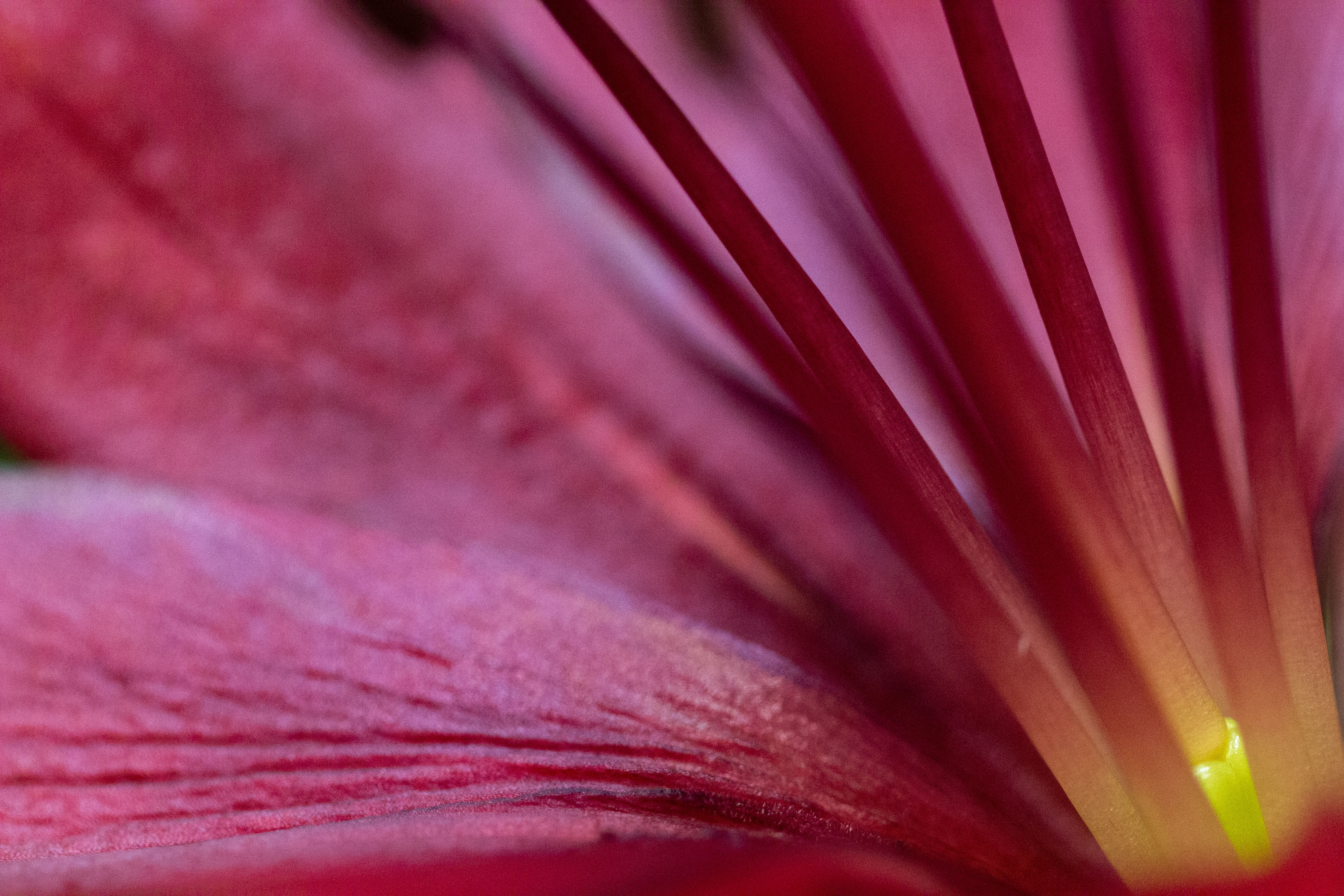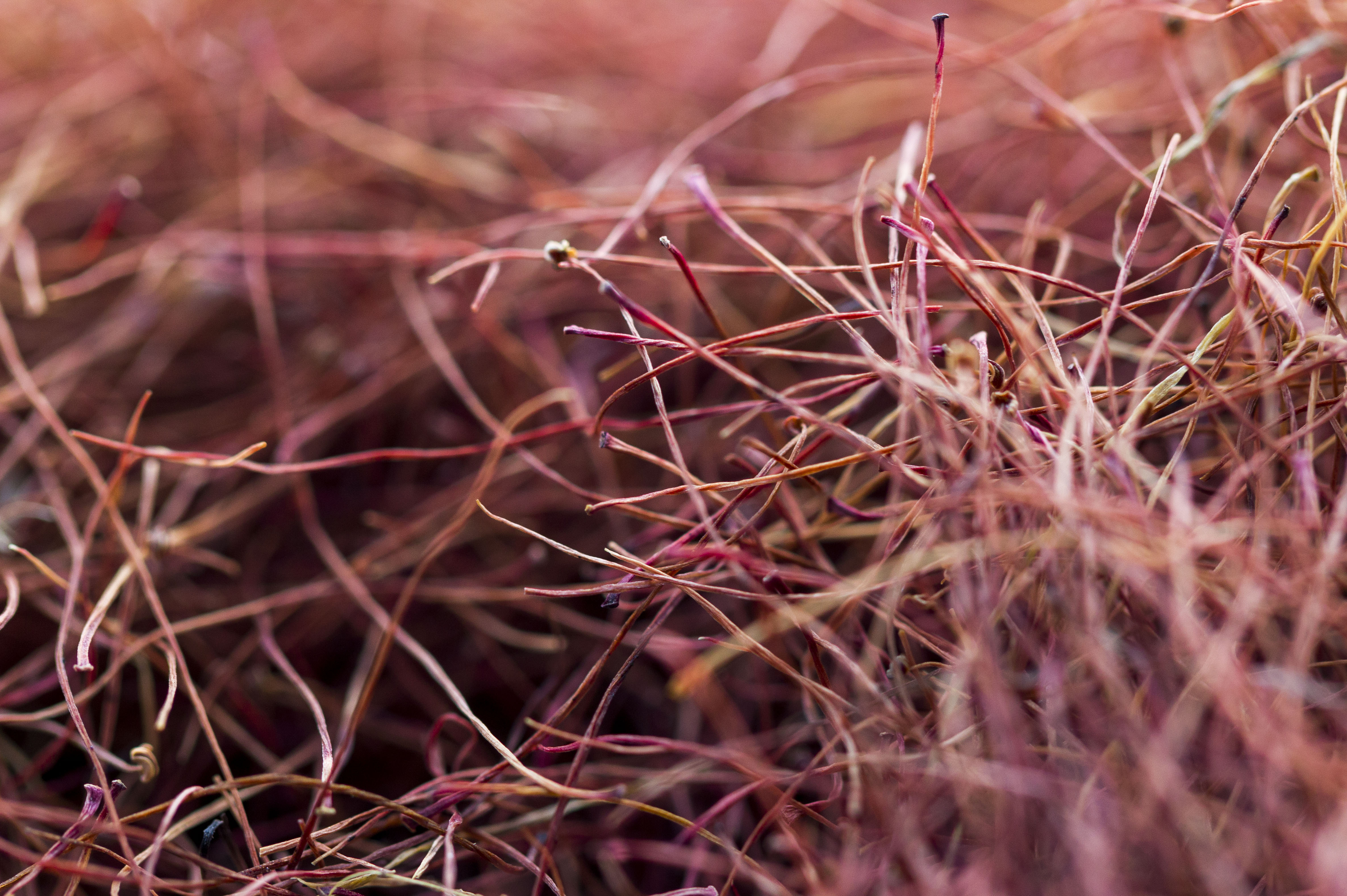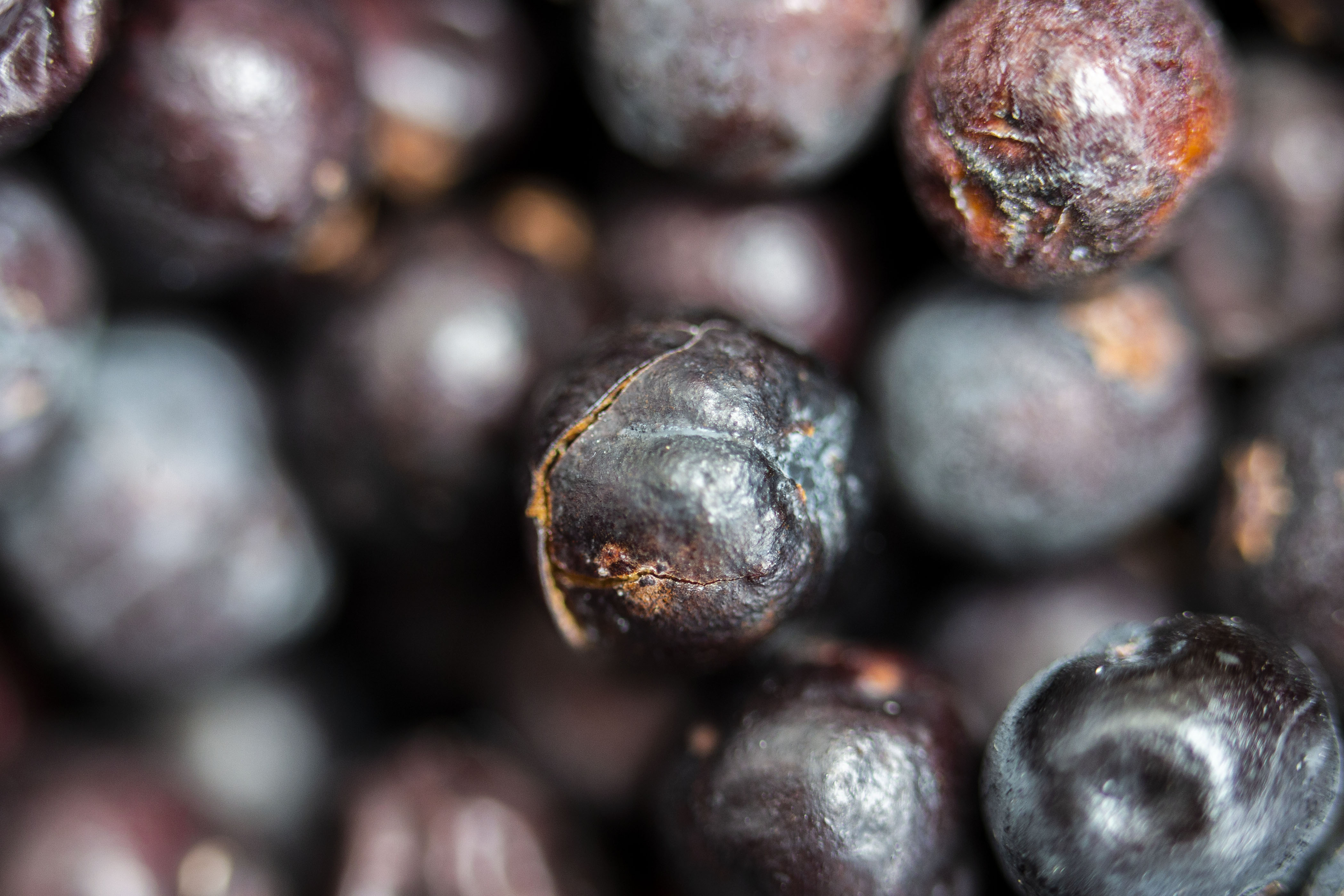Information
_Notes_ is a photographic project visually investigating the often unseen anatomy of Perfume through an exploration of the raw and natural ingredients, or notes, that are often used in scent compositions. = Throughout history, perfume has played an important part within various cultures. However, it is becoming apparent within contemporary Western culture that the stature and importance of perfume is beginning to diminish.
This visual research project presents ingredients that are often used within Perfumery, using macro photographic techniques to highlight a selection of exotic and dynamic ingredients a perfumer may use to create a scent.
The use of macro photography represents these ingredients, some of which may be familiar, in a unique style in which they are not usually seen, up close and confronting with heightened importance.
Resolving the images as an exhibition and at scale situates them in an alternate register: in a mode atypical of that usually seen in advertisements, television media and glossy magazine content which market perfumes.
Bachelor of Design (Hons)
Photography

Lily is the common English name for flowering plants of the Lilium genus. Lilies mostly grow in the temperate northern hemisphere. These plants are typically very tall, anywhere from 60 to 180 cm, their large fragrant flowers can be white, yellow, orange, pink, red or purple, marked with spots and strokes. The use of Lilies in perfumery dates back to some of the very first Egyptian Perfumes

Saffron is widely known as the most expensive Spice in the world at about Ten Dollars per gram of Saffron threads. Formed from the prized stamens of Crocus sativus, which is a small flower that belongs in the Iris Family. Saffron was often used to perfume ancient baths, this led to saffron being used as a key ingredient in early perfumery right through to modern day scents.

Junipers vary in size, ranging from small shrubs to tall trees. The fruit grows seed cones with fleshy and fruit-like “berries” that can be red-brown or orange in color, even though they are most typically blue. The berries are very aromatic and they are typically used as a spicy scent. The berries from the juniper shrub comprise the characteristic aromatic bouquet of gin.
Location
Block 1
The Engine Room